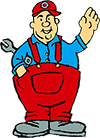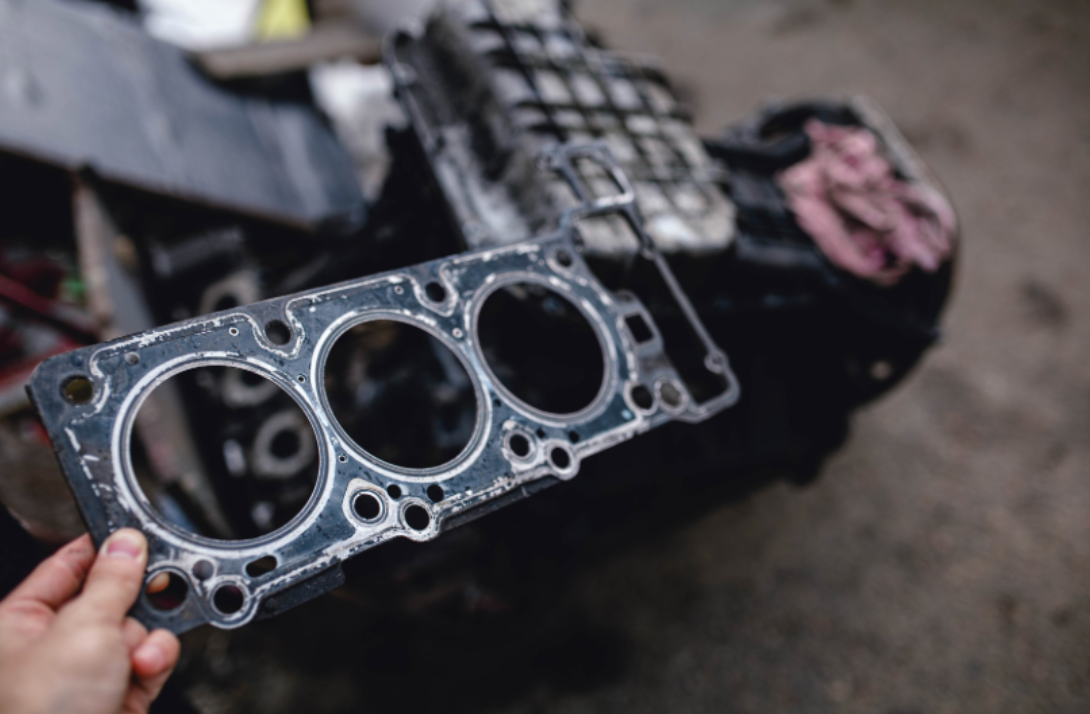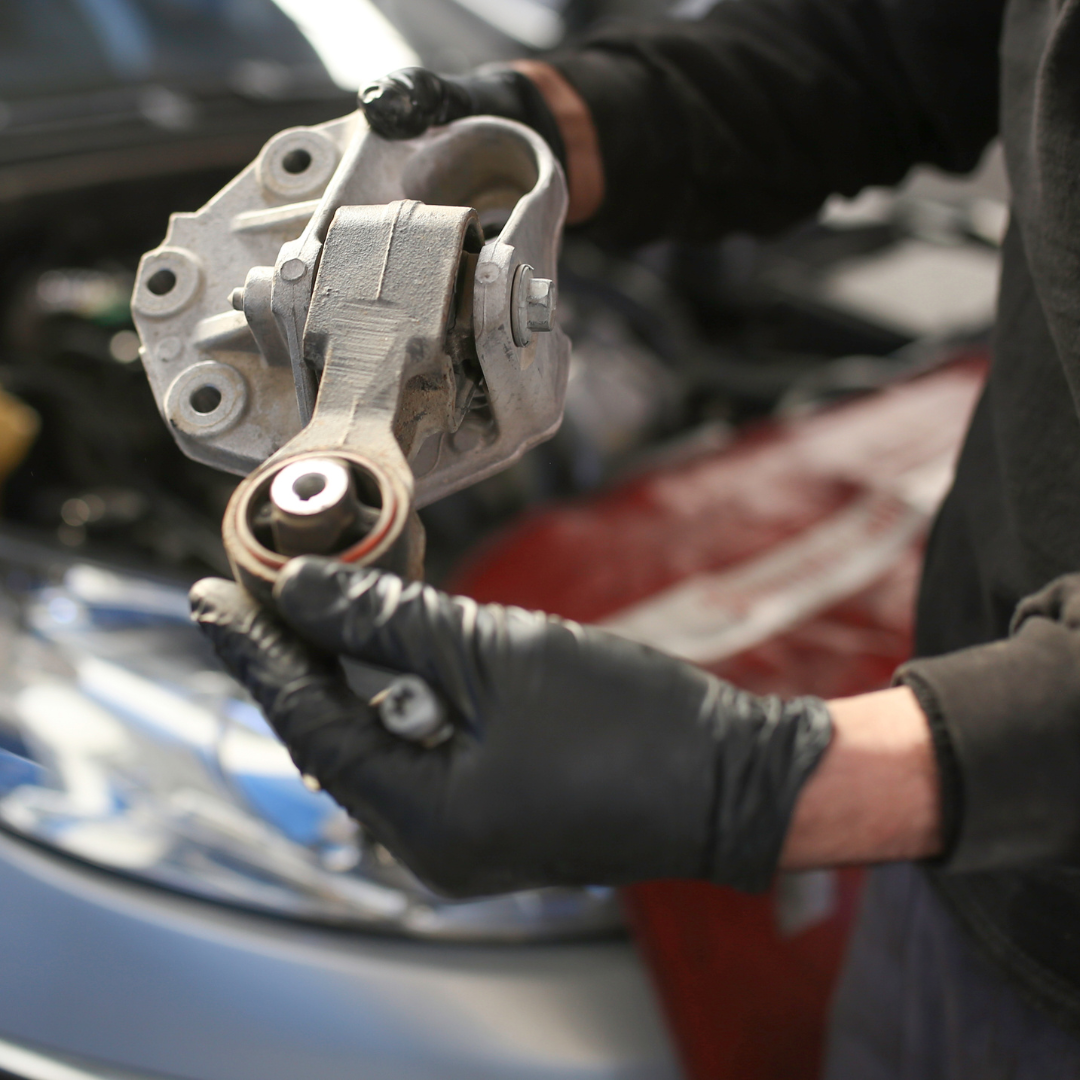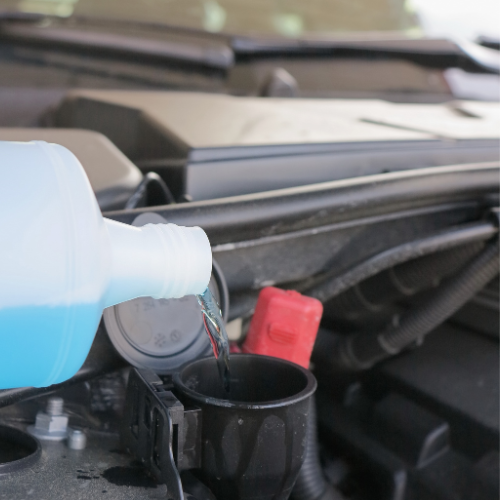Welcome to the exciting world of vehicles at Walt’s Auto Service ! Whether you're new to driving, love vehicles, or want to know more about how your vehicle works, it's essential to understand the basic parts of a vehicle. We've created this beginner-friendly guide to help you learn about the critical parts of a vehicle.
In this guide, we'll cover the basics: from the engine, the heart of your vehicle, to the transmission system that controls the power. We'll also discuss the chassis and suspension system, which keep your vehicle stable and comfortable. And we'll explain the braking and steering systems, which are essential for keeping you safe.
We know that vehicle terms and ideas can sometimes be a bit much, so we're here to make them easy to get and fun to learn about. After reading this guide, you’ll better understand what’s happening under the hood and around your vehicle. This will boost your knowledge and confidence as a vehicle owner. Let's jump into the fantastic world of vehicles with Walt’s Auto Service, which is here to help you every step of the way.
The Engine
The engine , often called the heart of the vehicle, is where the magic happens: fuel and air mix and ignite to generate the power that moves your vehicle. There are several types of engines, like inline, V-type, and flat, each with its own design and performance qualities. Essential components of the engine, such as the cylinder, piston, valves, and crankshaft, all work together to convert fuel into the motion that powers your vehicle.
Brakes
Brakes are crucial for vehicle safety, allowing you to slow down or stop your vehicle. There are two main types: disc brakes and drum brakes. Modern vehicles typically use a combination of both, with disc brakes often found on the front wheels and drum brakes on the rear.
Transmission
Located next to the engine is the transmission. It's responsible for transferring power from the engine to the wheels. There are two main types of transmission: manual, which requires the driver to shift gears manually, and automatic, which adjusts gears on its own based on the vehicle's speed and engine load.
The Chassis
The chassis serves as the foundational framework of a vehicle, playing a pivotal role in its structural integrity and safety. It's designed to support all the major components of a vehicle, including the engine, transmission, and suspension system. By providing a strong and stable base, the chassis ensures that these critical parts remain securely in place, even under stress from driving conditions or in the event of an accident. This robust structure not only supports the weight and operational forces of the vehicle but also contributes significantly to the vehicle's handling, stability, and overall safety for passengers.
Fuel System
The fuel system plays an essential role in your vehicle, responsible for storing and supplying fuel to the engine. It consists of several critical parts: the fuel tank, where gasoline or diesel is stored; the fuel pump, which transports fuel from the tank to the engine; the fuel filter, ensuring the fuel is clean before it enters the engine; and the fuel injectors or carburetor, depending on your vehicle's make and age, which control how fuel enters the engine. All these components work together to guarantee efficient fuel usage and the best possible performance from your engine.
Cooling System
The cooling system is essential for maintaining your vehicle's engine at the right temperature and preventing overheating. This system includes the radiator, which acts as a heat exchanger; the water pump, which circulates coolant throughout the engine; the thermostat, which regulates the coolant flow based on temperature; and the cooling fan, which helps dissipate heat. The coolant absorbs excess heat from the engine and then travels to the radiator, cooled down before recirculating. This process ensures the engine operates efficiently and at a safe temperature.
Suspension System
The suspension system of springs, shock absorbers, and struts is crucial in smoothing out bumps and providing a comfortable ride. Its design ensures that tires maintain constant contact with the road, which is crucial for safe handling and effective braking. This system enhances comfort by absorbing road irregularities and boosts overall vehicle safety and performance.
Steering System
The steering system is crucial for controlling the direction of your vehicle. It consists of the steering wheel, the steering column, and a set of linkages that connect these components to the wheels. When you turn the steering wheel, this network of linkages enables the wheels to move in the desired direction, allowing you to navigate your vehicle precisely.
In most modern vehicles, power steering is a standard feature.
This system enhances the traditional steering mechanism by using either hydraulic or electric systems. The main function of power steering is to lessen the amount of physical effort you need to apply to the steering wheel. This makes steering easier, especially during low-speed maneuvers like parking or turning sharply. It's a significant advancement that adds to the comfort and safety of driving.
Electrical Systems
The exhaust system is a crucial part of your vehicle that handles the removal of combustion byproducts from the engine. It's essential in cutting down harmful emissions and is made up of several parts:
-
The exhaust manifold gathers the exhaust gases from the engine's cylinders.
-
The catalytic converter changes harmful gases into substances that are less toxic.
-
The muffler works to lower the noise from the engine.
-
The exhaust pipe directs the cleaned exhaust gases out of the vehicle.
All these components work together to ensure your engine operates efficiently and has a smaller environmental footprint.
Learning the basics of your vehicle's structure enhances your know-how as a driver and gives you the power to spot potential problems with your vehicle. This understanding is extremely helpful when talking to service experts, as it lets you describe any issues with your vehicle more accurately. At Walt’s Auto Service , we support the idea of knowledgeable driving – we're convinced that understanding your vehicle's basics makes you a more secure and self-assured vehicle owner.
Knowing about your vehicle doesn't just mean recognizing when something's wrong; it also involves understanding the regular maintenance needed to keep it running smoothly. This awareness can lead to more timely servicing decisions, potentially preventing minor issues from escalating into major ones.
Walt’s Auto Service is a great place to be when you need auto repair services with great auto mechanics you can trust. Over the years, our ethics of honesty, trust, and integrity are what make us one of the most reliable auto repair shops in Torrance and the surrounding areas of Hermosa Beach, Redondo Beach, Manhattan Beach, Palos Verdes, Hawthorne, Carson, Lomita, and Gardena! We are AAA certified and proud to provide you with the best in-house and nationwide 3-year/36,000-mile warranty in the South Bay area. When you need a steady hand, an eye for detail offered with straight, honest talk, bring your vehicle into Walt's Auto Service.
Please book an appointment or give us a call! We are located at 340 Van Ness Ave, Unit A, Torrance, CA 90501.











